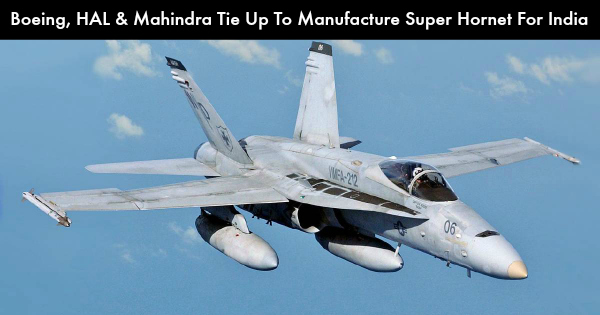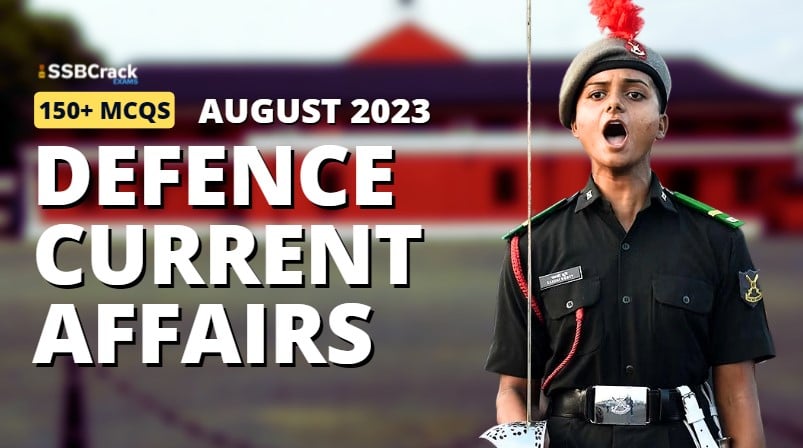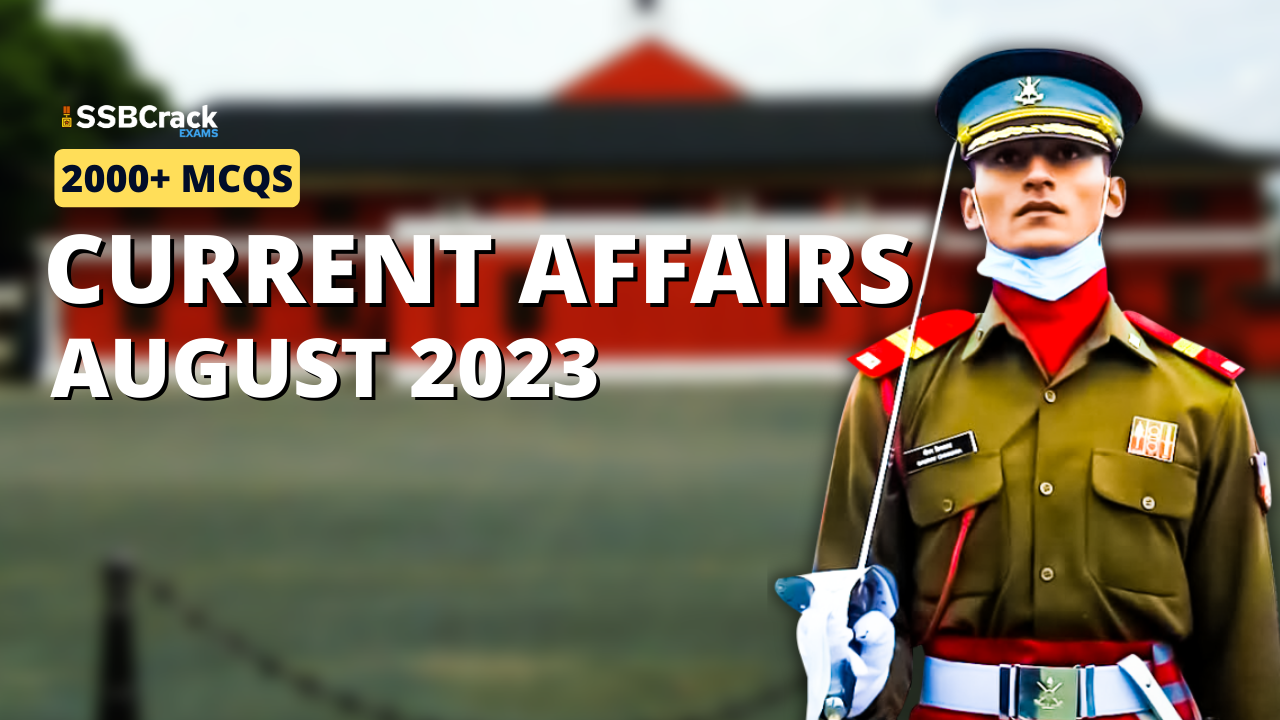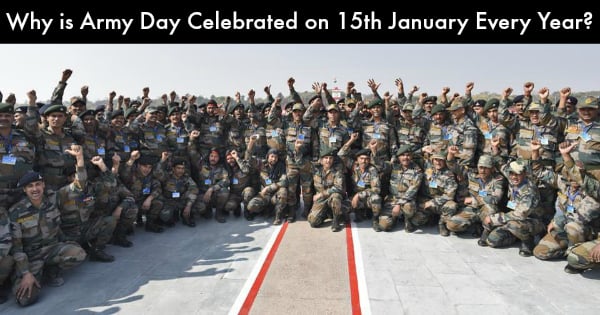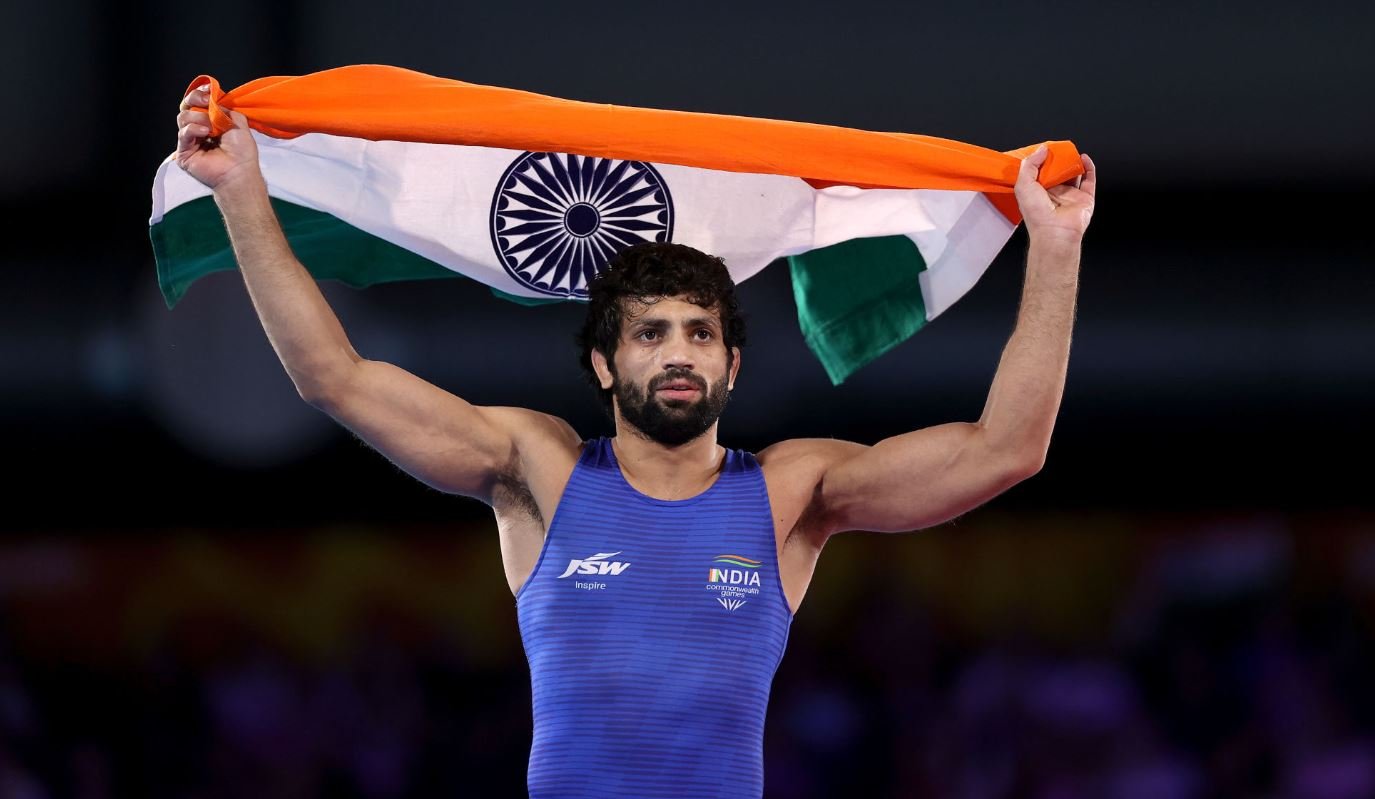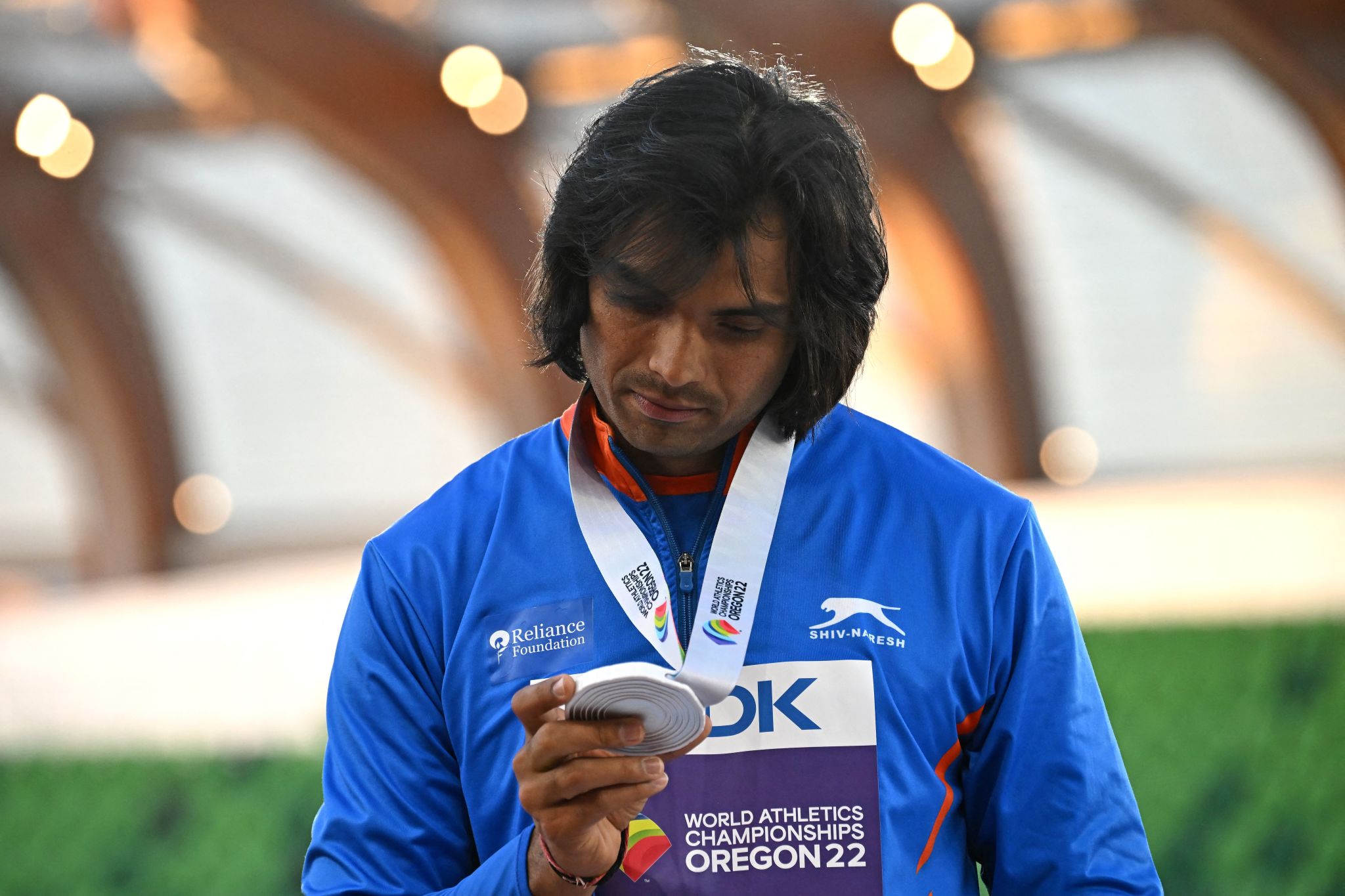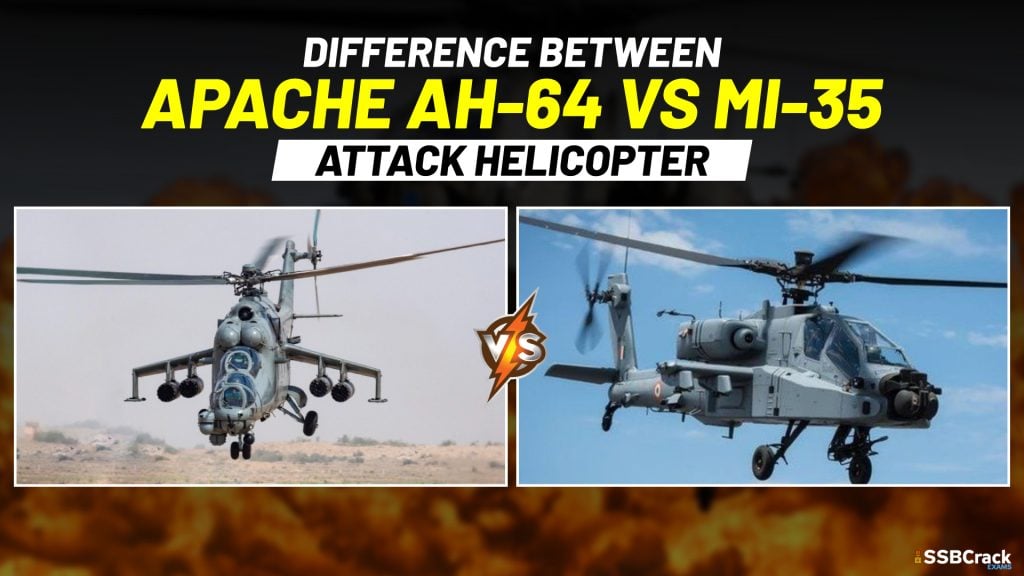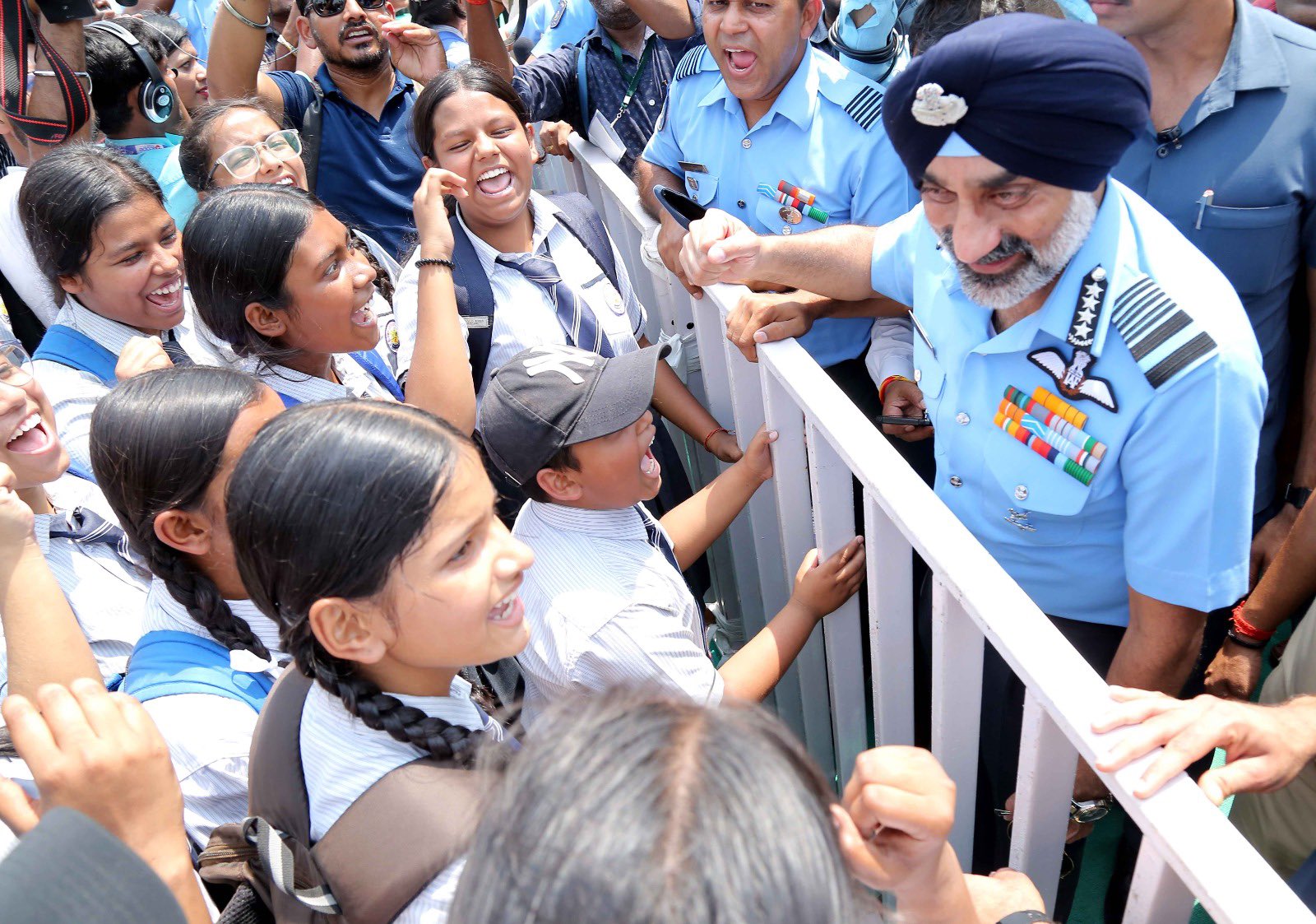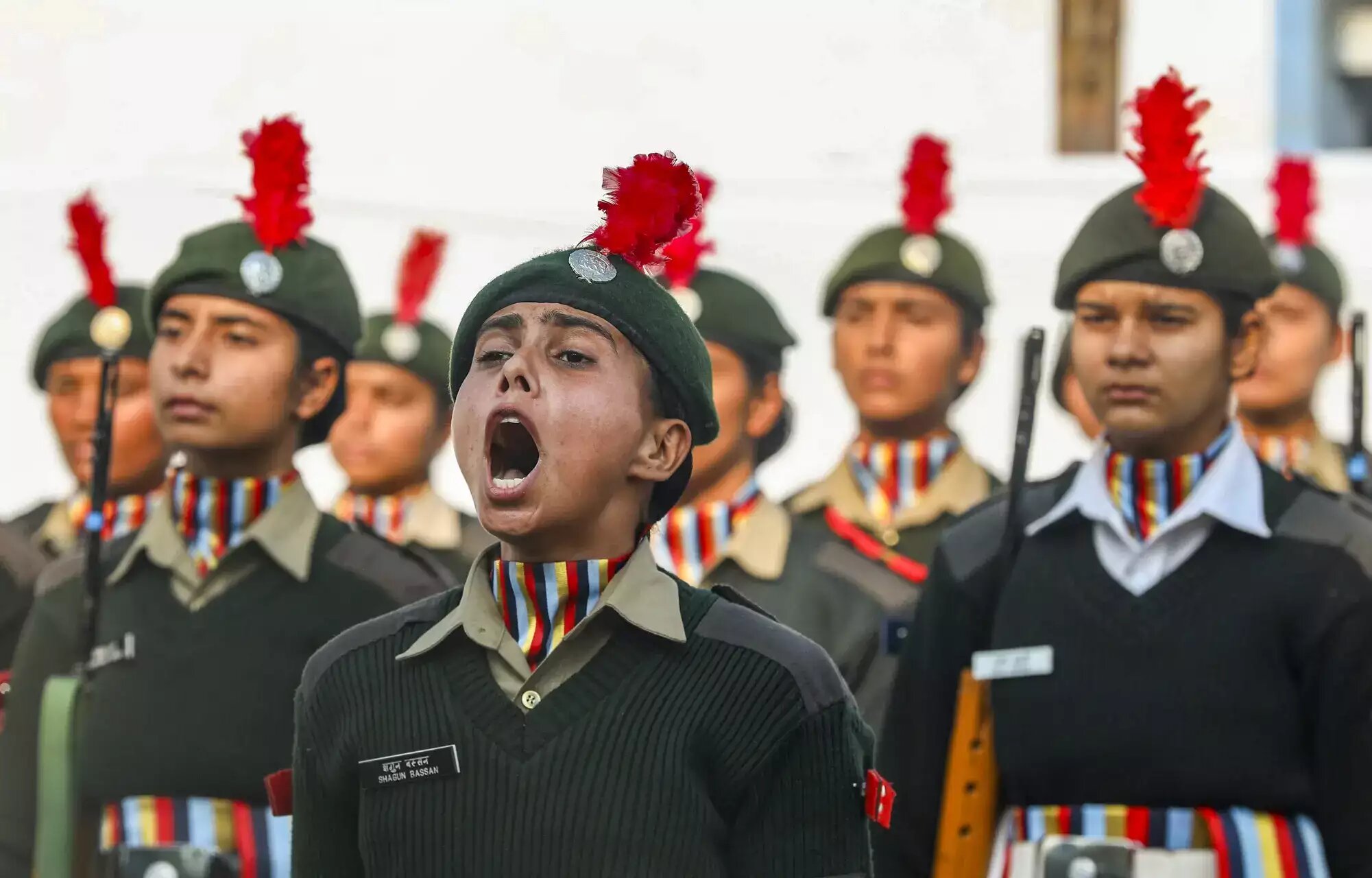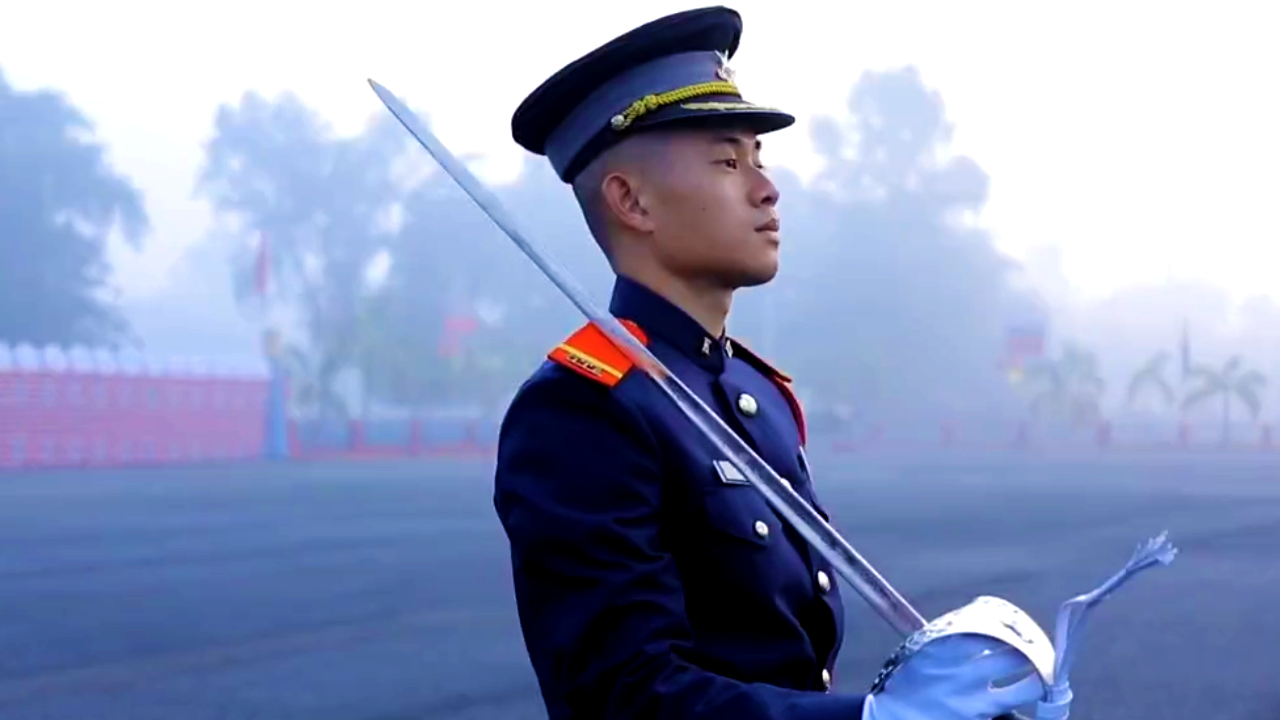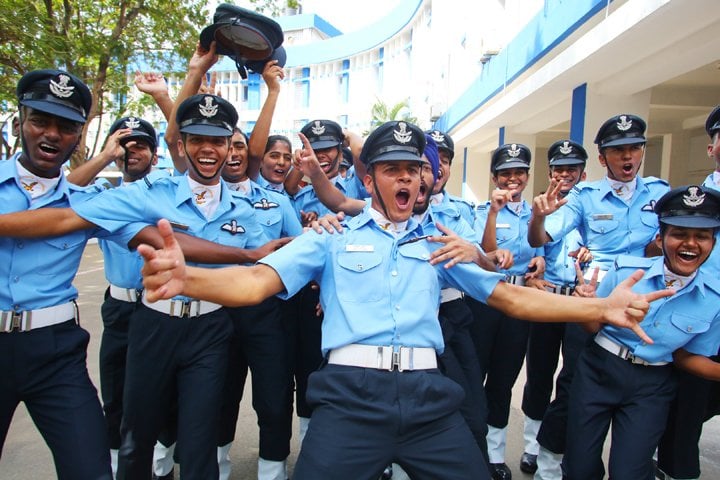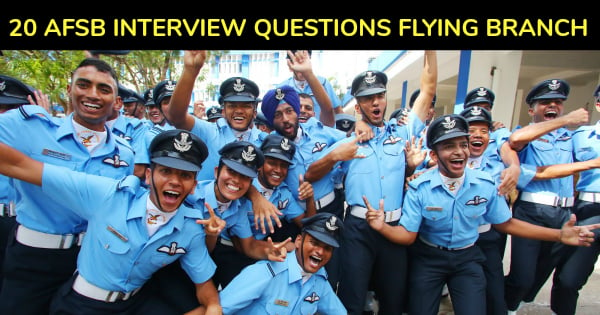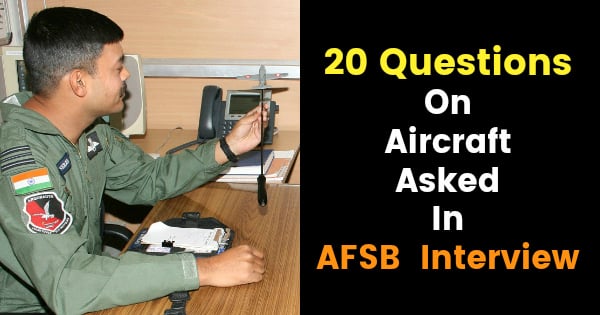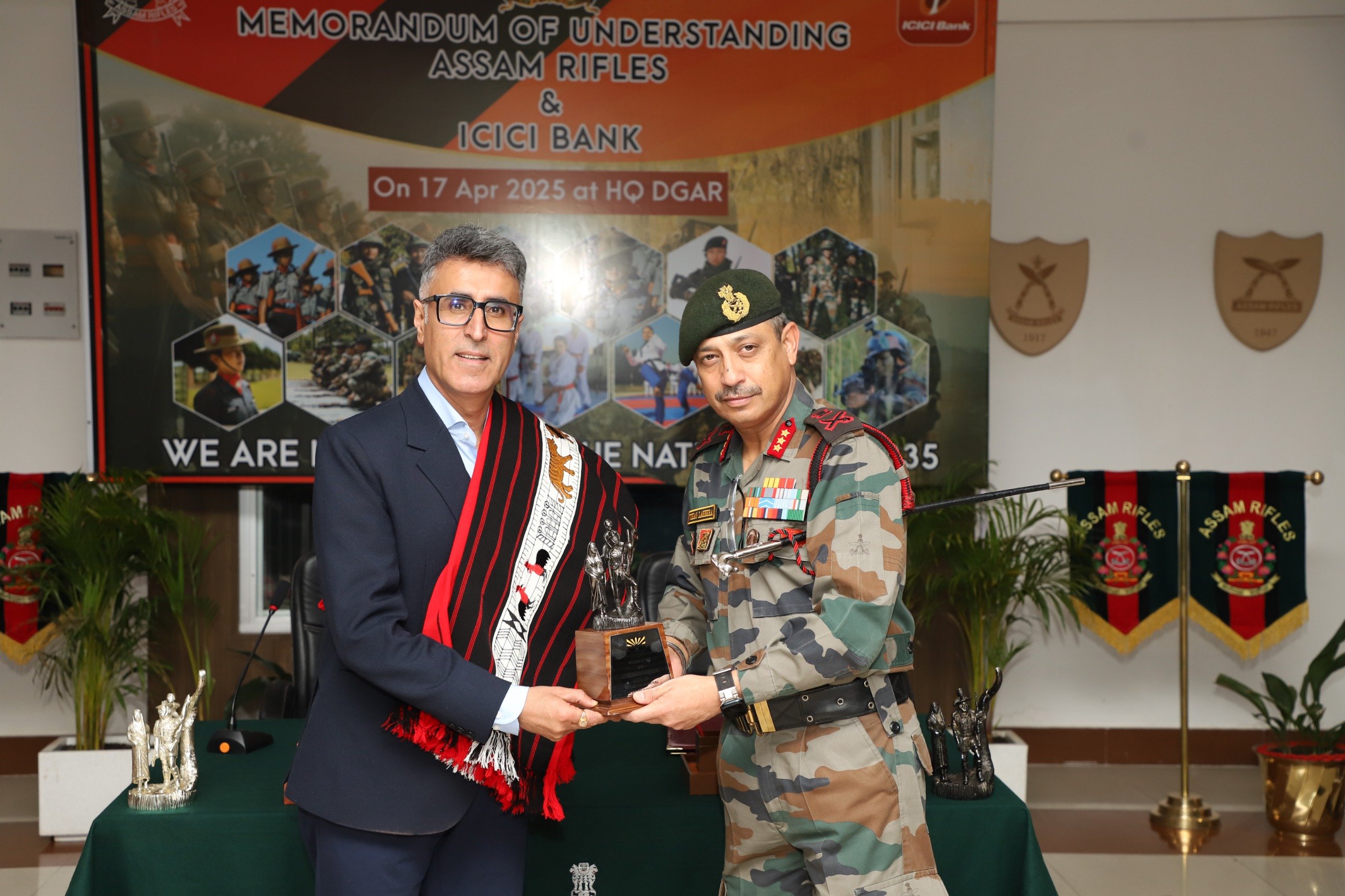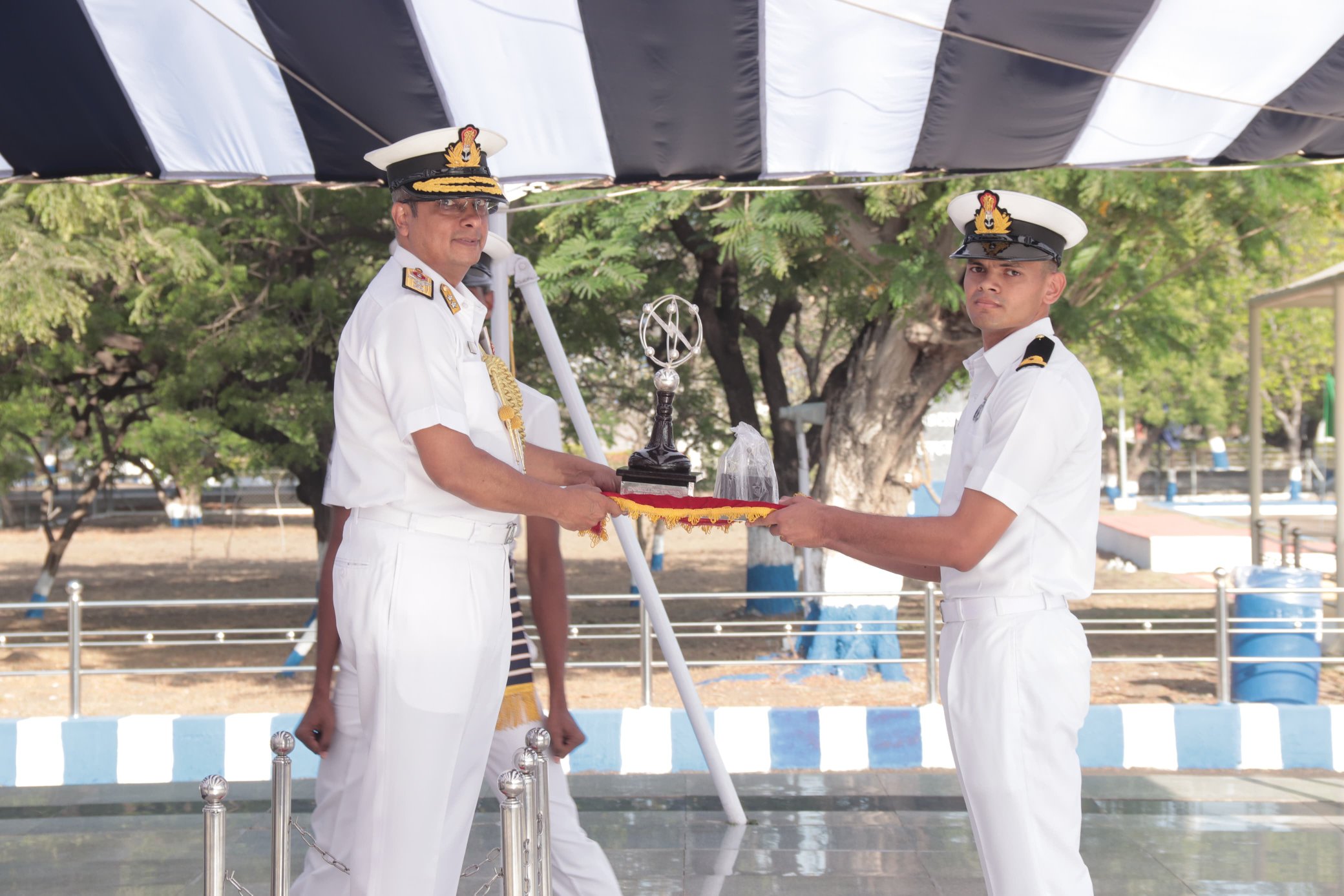Adding a new dimension to the Make in India campaign, Boeing announced a partnership with HAL and Mahindra Defence Systems (MDS) to make the F/A-18E/F Super Hornet in India.
The partnership would come into effect if India were to select the Super Hornet in any one of two ongoing fighter procurements: An inquiry for 57 ‘multi-role carrier borne fighters’ (MRCBF) for the navy, or another inquiry issued last month for 110 multi-role fighters for the Indian Air Force (IAF).
The Boeing Strategy
Boeing’s ‘public-private’ strategy contrasts with the approach of rival aerospace vendors, Lockheed Martin and Saab, in a separate procurement of single-engine fighters that eventually morphed into the ongoing acquisition of 110 ‘multi-role fighters’.
Lockheed Martin and Saab have both partnered private sector firms — Tata Advanced Systems (TASL) and the Adani group respectively — to build in India. That was because the defence ministry required the single-engine fighters to be built under the strategic partner (SP) category, which mandates a private sector Indian partner.
Now, however, the defence ministry is reportedly reviewing the SP policy, and considering whether to permit public sector firms to participate in SP category acquisitions.
The Boeing-HAL-Mahindra partnership constitutes a flexible arrangement in which any of the three — the foreign partner, the public sector firm or the private entity — can be the face of the consortium. For example, if a private sector lead is mandatory, Mahindra can be the prime entity, with Boeing and HAL as technology partners.
The Benefit
The entry of HAL, which has airfield and manufacturing hangars in Bengaluru, could significantly reduce the Super Hornet’s price. The Super Hornet fighter aircraft does not only have a low acquisition cost, but it costs less per flight hour to operate than a tactical aircraft
The policy is designed to encourage foreign companies transfer technology and manufacturing know-how to domestic defence equipment manufacturers. This means that India will possess the tech to build the aircrafts.
According to the government’s proposal for the jets, at least 85%, or 94 aircraft, have to be made in India. The plan will focus on infrastructure, personnel training, and operational tools and techniques required to produce a next-gen fighter aircraft in India.
The Requirement
Late last year, Admiral Sunil Lanba, stated that the RFI for the MRCBF had evoked four responses and that a Request for Proposals would be issued by mid-2018. The four fighters in contention are believed to be the Super Hornet, Dassault’s Rafale-M fighter; Saab’s Gripen Maritime, and the Russian MiG-29K/KUB that already flies off the navy’s lone carrier, INS Vikramaditya.
Lanba stated that the MRCBF would be required for INS Vikrant, which is scheduled to be commissioned in 2021, as well as for the subsequent INS Vishal, which is at least 15 years in the future.
About Super Hornet
The Super Hornet is the US Navy’s main carrier borne fighter, and will remain in production out to 2035 according to Pentagon estimates. A new, Block III evolution has gone into service with enhanced network capability, longer range with conformal fuel tanks, an advanced cockpit system and a life of over 9,000 flying hours.
Conclusion
The F/A-18 Super Hornet will outpace threats, bolster defence capabilities and make India stronger for decades to come, it said. The partnership would also bring Boeing, HAL and Mahindra Defence System global scale and supply chain, best-in-industry precision manufacturing processes as well as unrivaled experience in designing and optimising aerospace production, the release added.

